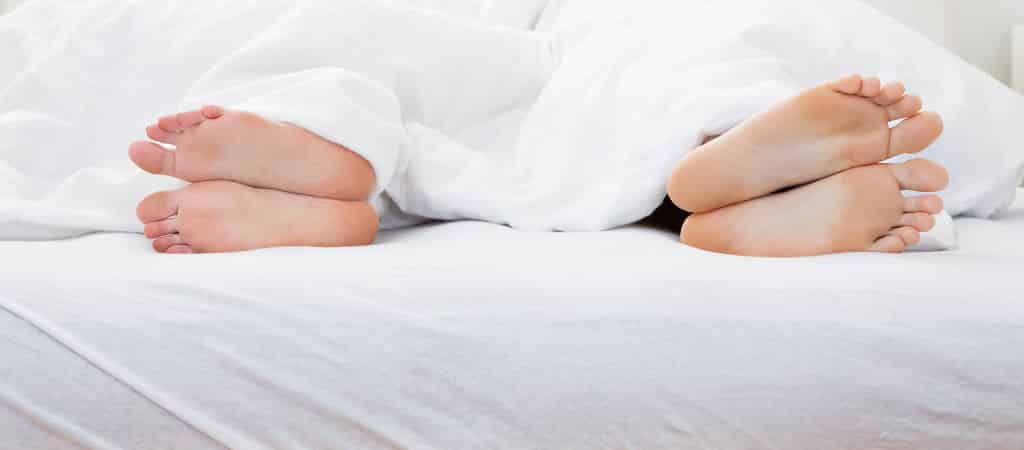You’d like to sleep healthy and organic (“bio”/”eco”)? Then you also have to deal with the contents of your mattress. Many mattresses consist of rubber. But, do rubber-mattresses fulfil the demands of healthy sleeping? Or is rubber a product of modern industry? And, what is the difference between natural rubber and synthetic rubber?
History of natural rubber
The first findings – attributed to the Mayas – are dated at about 2,000 B.C. Even then, rubber was gained from the rubber tree (hevea brasiliensis). Rubber was used for practical things (e.g. waterproof rubber coating for feet) or for fun (e.g. rubber balls). In Europe, rubber made of natural rubber is known since mid-19th century.
Extraction and use of natural rubber
Like in ancient times, the so called rubber-/latex milk flows from cuts made in the bark of the rubber tree and is a natural and renewable raw material. Subsequently, the milk is brought in solid form by foaming up and heating (vulcanization). About 65 to 70 % of rubber are used for production of tires which consist of a mixture of synthetic and natural rubber. Furthermore, rubber is used for producing gloves, balloons, rubber boots, condoms, erasers, and balls. Foamed up and vulcanized, natural rubber is used in high-quality mattresses more and more often, too.
Natural rubber mattress = pollutant free?
Unfortunately, the term “natural rubber” resp. “natural latex” is not protected by law. Thus, producers and supplier of mattresses mainly consisting of synthetic rubber with only a small amount of natural rubber are able to still call and offer these mattresses as “natural rubber mattresses”. Wrongly, the term “natural” implies a natural product.
Development of “synthetic latex”
In Germany, already during World War I and World War II, blocked trade routes, long transport routes, rising prices of natural rubber as well as worldwide demand lead to the production of synthetic latex. Nowadays, the vast majority of mattress-cores is made of this petroleum based product. About 90 % of all mattresses consist of petrochemical-synthetic materials. Recent studies reveal that these mattresses evaporate toxic, volatile substances (VOCs) for years. These substances can not only disturb sleep but also health.
Healthy sleep with pure natural rubber
Ideally, a natural rubber mattress consists of 100 % rubber-milk (natural polymer). Here, chemical means of vulcanization – used for foaming and shaping – are waived. Instead, natural substances like sulphur or salts are used.
Now, to be sure that the mattress is a 100 %-natural-rubber-mattress certificates like “cradle to cradle” or “QuL” are the most important predicates. These certificates are assigned to the manufacturers under strict conditions only.
Summed up, natural rubber is a renewable natural product. Synthetic foams are an industrial product which mainly are produced from petrol.
So, the question whether natural rubber or a synthetic mattress is significant for healthy sleep actually answers itself. And – independent from sleeping at home or at a hotel: from the biologic point of view the sleeping place is the most important one. Here, the materials used have an immediate influence on our sleep and well-being.
Imagesource: @Fotolia


This post is also available in / Diesen Beitrag gibt es auch in:


Leave a Reply